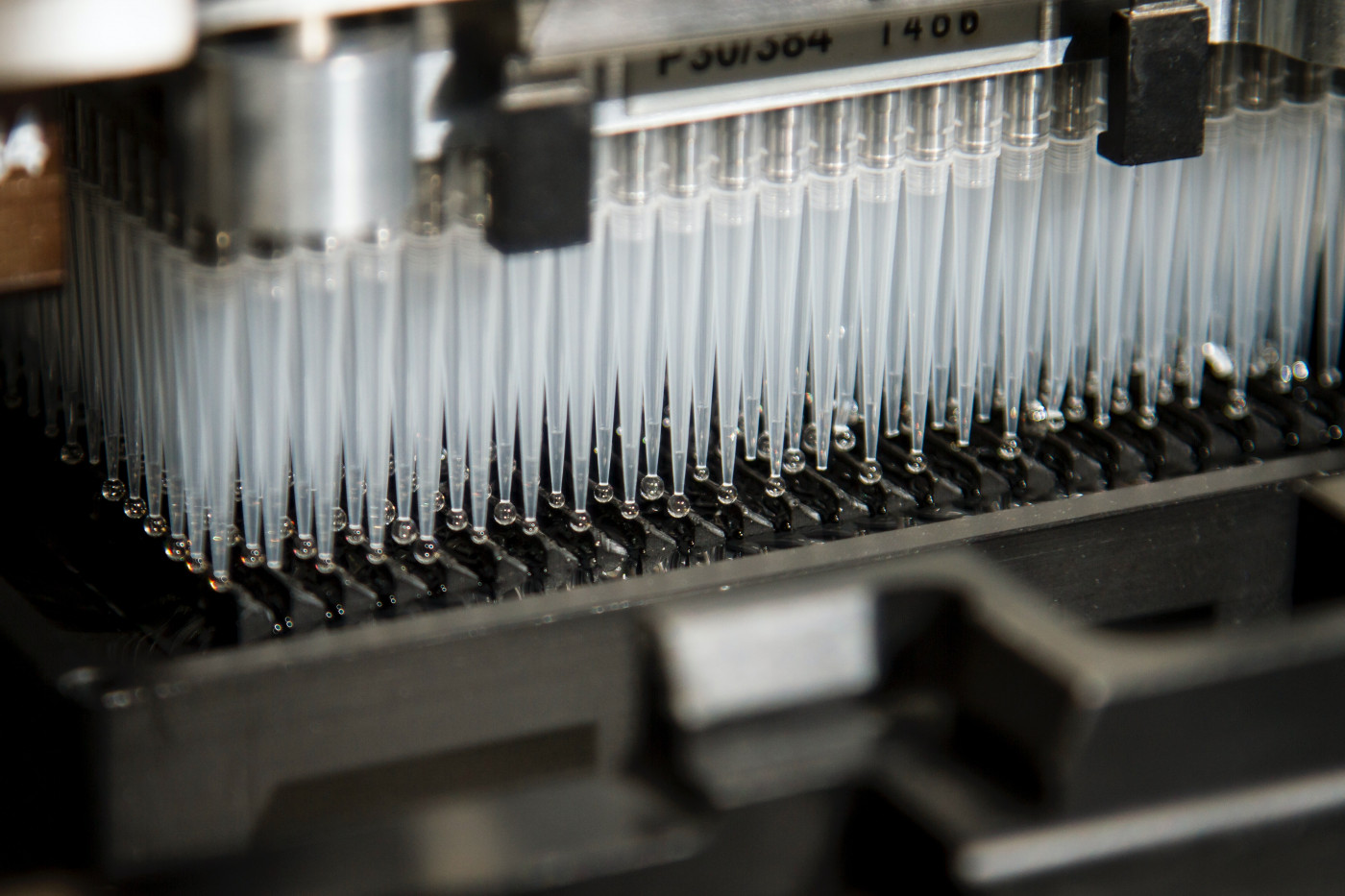CEPT Cocktail Protects Stem Cells in Lab, Opening Research Possibilities

Stem cells
A four-ingredient, small-molecule cocktail was seen to protect stem cells from the stresses of lab work better than existing agents, helping to preserve their normal structure and function, researchers reported.
This cocktail may overcome the “daunting challenge” of keeping pluripotent stem cells viable, so to be more useful in research into stem cell-based therapies for disorders ranging from Parkinson’s to spinal cord injury, they said.
The study, “A versatile polypharmacology platform promotes cytoprotection and viability of human pluripotent and differentiated cells,” was published in Nature Methods.
Pluripotent stem cells are stem cells that can self-renew, meaning they can make more copies of themselves — in theory, forever — and can be programmed in the lab to give rise to almost any cell type in the body. “Induced” pluripotent stem cells are those self-renewing and programmable cells that have been generated in the lab from adult cells, typically skin or blood cells, and then reprogrammed to grow into cells like those of the brain, heart, or muscle.
Because they are so versatile and self-renewing, pluripotent stem cells are of extreme interest in disease research.
But, while “capable of extensive self-renewal” these stem cells “remain highly sensitive to environmental perturbations in vitro [meaning, in a lab dish], posing challenges to their therapeutic use,” the researchers, all at a branch of the National Institutes of Health, wrote. Generating and reprogramming these cells adds stresses that damage, and often kill, them.
Researchers set out to identify small molecules that would work more effectively than those in current use, better protecting these cells under the stresses of lab work.
Using a technique called high-throughput screening, they tested more than 15,000 compounds in the institute’s collections for their ability to help stem cells survive.
Specifically, they looked at compounds that would block the activity of ROCK, a protein pathway involved in stem cell stress. Among the 20 compounds found to work as ROCK inhibitors, chroman 1 was seen to be highly effective — and more effective for cell survival than the ROCK inhibitor currently in wide use, called Y-27632.
The team then looked at compounds that might be work synergistically with chroman 1, aiming for a combination of still greater effectiveness. Screenings now led them to emricasan, an inhibitor of caspases — proteins involved in programmed cell death — that further enhanced cell survival when combined with chroman 1.
For these tests, researchers worked with stem cells placed in the tiny “wells,” like those that might hold a few drops of a liquid, on lab plates at a density of 500 cells per well. But while culturing stem cells by the hundreds is easier, it’s a less realistic approach as therapy. To establish cell lines and for gene editing, researchers need single-cell cloning, or the generation (expansion) of cell cultures from a single stem cell. But single-cell work creates even greater stress.
“Cells need to be cultured properly, and they have to be of good quality to go into patients,” Joni Rutter, PhD, acting director of the National Center for Advancing Translational Sciences (NCATS), said in a press release.
To mimic the stresses seen during single-cell cloning, the researchers tested more than 7,500 compounds on 10 stem cells at a time.
They found that chroman 1 and emricasan, combined with polyamines (a class of molecules involved in supporting cell growth and function) and trans-ISRIB (an inhibitor of stress response), were suitable for single-cell cultures.
Then they conducted a series of tests to determine the usefulness of their four-part, small-molecule cocktail, which they named CEPT. The tests went well.
“CEPT provided strong improvements for several key applications in stem-cell research,” and did so “by simultaneously blocking several stress mechanisms that otherwise compromise cell structure and function,” the researchers wrote.
CEPT improved both pluripotent and differentiated (reprogrammed) stem cell survival for cryopreservation, a highly stressful process in which cells are cooled to very low temperatures for storage and transport purposes. Many are lost during thawing, the researchers noted, despite use of commercially available protective agents.
Stem cells already differentiated into specific cell lines, including heart cells and motor nerve cells, also showed greater survival and viability when treated with CEPT.
“These findings support the notion that CEPT buffers cellular stress and provides comprehensive cytoprotection, which is not achieved by other strategies,” the researchers wrote. “CEPT safeguards cell survival and cell fitness by favorably regulating complex interconnected mechanisms of cell structure and function that are compromised otherwise due to cascading events of cellular stress.”
Their CEPT cocktail is also, the researchers added, more “cost-efficient” than commercial agents now in use. And none of those agents tested in this study — Y-27632, CloneR, RevitaCell, and SMC4 — “showed similar cytoprotective effects against cellular stress and DNA damage,” they concluded.
“The cocktail will become a broadly used staple of the stem cell field and boost stem cell applications in both research and the clinic,” said Ilyas Singeç, MD, PhD, director of the Stem Cell Translation Laboratory that is part of NCATS.






